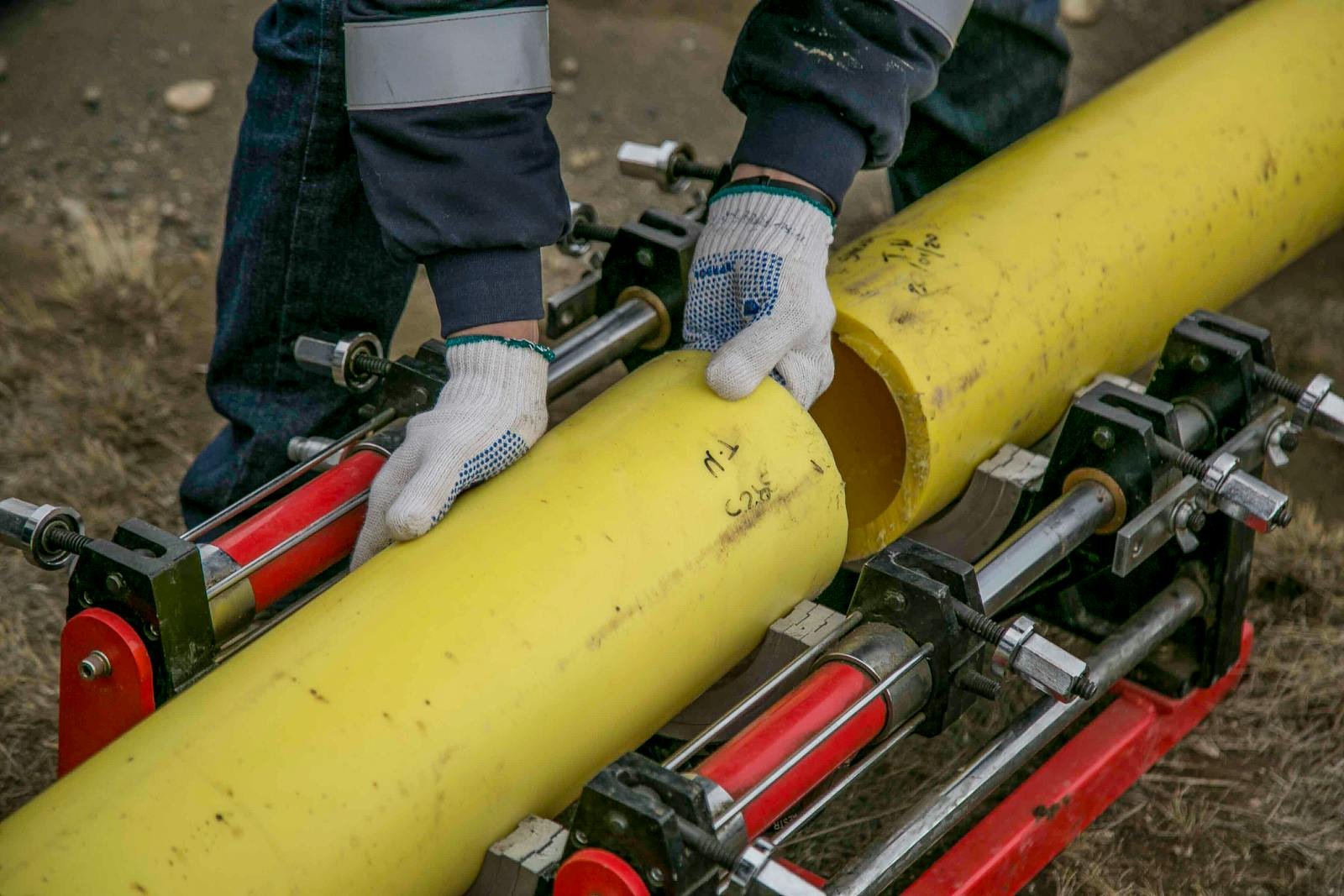Embracing eco-friendly practices extends into every detail of our lives, including the way we insulate our pipes. In this article, we explore the significance of selecting sustainable materials for pipe insulation, a choice that benefits not only our environment but also enhances energy efficiency. If you are located in Sydney Australia and wish to learn more after reading this article, consult your local Plumber Wahroonga for more details.
This introduction sets the stage for a deeper dive into the world of green insulation options, their benefits, and the future of eco-conscious plumbing. Join us in discovering how small changes, like choosing the right insulation, can make a substantial impact on our planet’s health.
The Importance of Sustainable Insulation
Choosing sustainable insulation for plumbing is crucial for minimising environmental impact and enhancing energy efficiency. Traditional insulation materials often contain harmful chemicals and require significant energy for production, contributing to carbon emissions and environmental degradation.
Sustainable insulation, made from natural or recycled materials, offers a greener alternative that reduces energy consumption by minimising heat loss and conserves resources by utilising eco-friendly substances. This approach not only helps in cutting down on utility bills but also plays a part in combating climate change, underscoring the importance of integrating sustainability into even the smallest details of our homes and infrastructure.
Types of Eco-Friendly Insulation Materials
Exploring eco-friendly insulation materials for pipes reveals a variety of options that prioritise sustainability and efficiency:
-
Sheep’s Wool: Naturally fire-resistant and capable of regulating moisture, making it an excellent insulator.
-
Cotton (Denim): Recycled denim offers great thermal performance without the chemicals found in traditional fibreglass insulation.
-
Aerogel: Known for its exceptional thermal resistance, aerogel is lightweight yet effective, albeit at a higher cost.
-
Cellulose: Made from recycled paper products, cellulose is an affordable and effective option that also boasts fire-retardant properties when treated.
These materials not only reduce environmental impact but also enhance the energy efficiency of plumbing systems. By choosing sustainable insulation, homeowners and builders can contribute to a greener planet while ensuring optimal thermal regulation.
Installation Techniques for Maximum Efficiency
Maximising the efficiency of eco-friendly pipe insulation involves careful consideration of both the material chosen and the installation techniques used. Proper installation ensures the best performance of insulation materials, leading to significant energy savings and enhanced sustainability.
-
Seal Gaps Thoroughly: Ensure all gaps and joints are fully sealed, preventing heat loss and maximising efficiency.
-
Use the Correct Thickness: Apply the manufacturer-recommended thickness of insulation to prevent thermal bridging and ensure optimal thermal performance.
-
Cover All Exposed Pipes: Insulate all accessible hot and cold water pipes to minimise energy waste.
-
Consider Professional Installation for Complex Systems: While many eco-friendly insulation types are DIY-friendly, complex systems may benefit from professional installation to ensure maximum efficiency.
By focusing on these key techniques, homeowners and builders can significantly improve the thermal efficiency of their plumbing systems. This not only contributes to a reduction in energy consumption but also supports broader environmental sustainability goals.
Cost-Benefit Analysis
Conducting a cost-benefit analysis for eco-friendly pipe insulation involves evaluating the initial investment against long-term savings and environmental impact.
-
Initial Investment: Eco-friendly materials may come with a higher upfront cost compared to traditional options.
-
Energy Savings: Efficient insulation significantly reduces energy bills by maintaining temperature, offering long-term financial savings.
-
Environmental Impact: Investing in sustainable materials minimises ecological footprints, aligning with broader conservation goals.
-
Durability and Maintenance: Many green insulation options are durable and require less maintenance, contributing to cost savings over time.
Weighing these factors reveals that while the initial cost might be higher, the reduction in energy consumption and positive environmental impact offer substantial benefits. These savings, coupled with the durability of eco-friendly materials, often result in a favourable long-term financial outlook.
Future Trends in Sustainable Plumbing
The future of sustainable plumbing is marked by innovation aimed at conserving water and reducing environmental impact. Trends include the adoption of water-saving fixtures and appliances that meet or exceed current efficiency standards, the integration of smart home technology for monitoring and managing water use more effectively, and the development of new materials that are both durable and environmentally friendly.
There’s a growing emphasis on recycling and reusing greywater for landscaping and other non-potable uses, further minimising freshwater consumption. These advancements, alongside regulatory changes promoting sustainability, forecast a greener, more efficient future for plumbing.
Exploring eco-friendly insulation for pipes has illuminated the importance of sustainability in plumbing, from selecting green materials to employing efficient installation techniques. This approach not only conserves resources and energy but also aligns with broader environmental goals. The future trends indicate a continued push towards innovation, ensuring that plumbing practices contribute positively to our planet’s health.
Beyond insulation, the plumbing industry is exploring water recycling, innovative waste management, and energy-efficient heating solutions. These areas offer exciting possibilities for further reducing environmental impact. Thank you for joining us in this exploration, and we hope you’re inspired to delve deeper into sustainable practices that make a difference.
